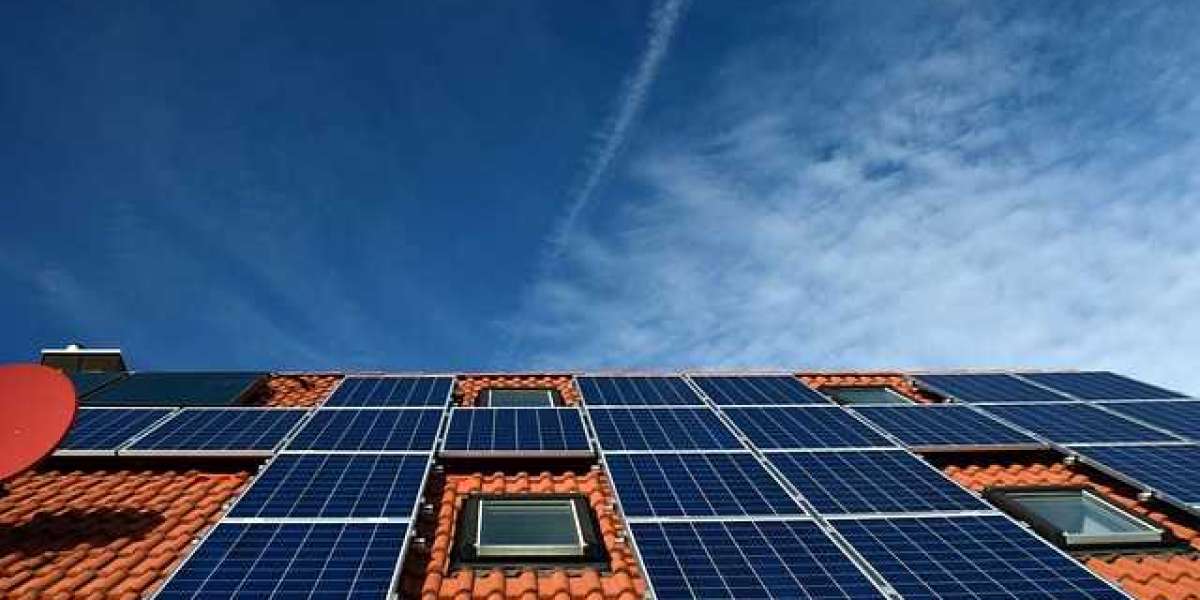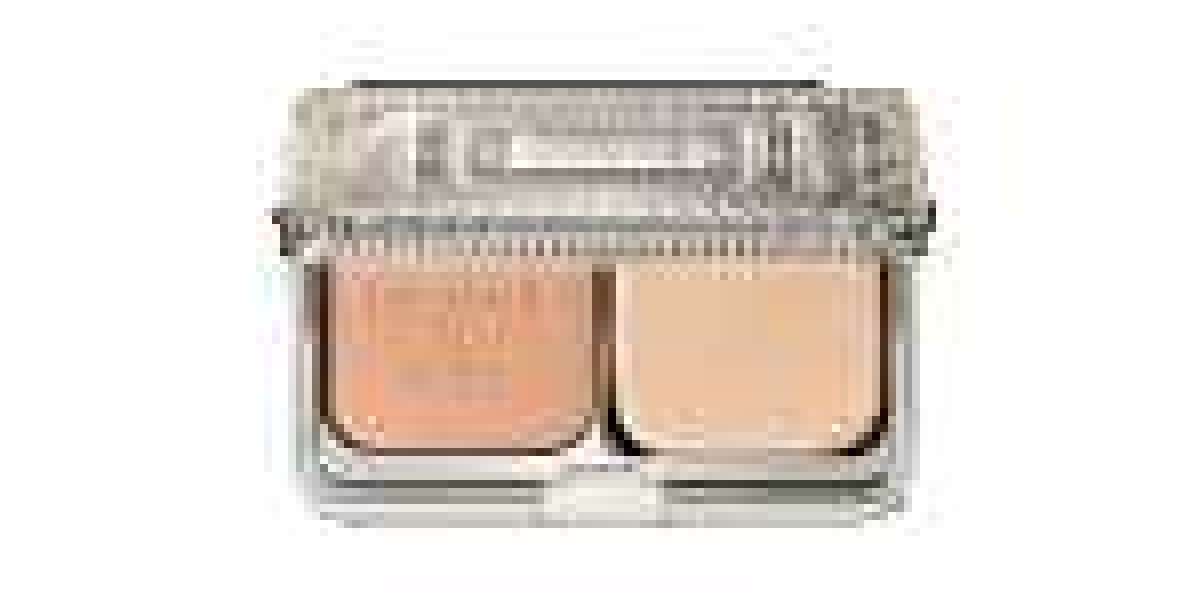Mono half-cut solar panels are a recent innovation in photovoltaic (PV) technology that enhances efficiency and performance. These panels consist of cells split into two halves, which reduce resistance and power loss, leading to better output even in low light conditions. To maximize the effectiveness of your solar setup, it is essential to understand how to connect these panels in series. This connection method is ideal when you want to increase the overall system voltage, a common requirement for large-scale installations. Here is a detailed analysis of how to connect mono half-cut solar panels in series:
1. Understanding Mono Half-Cut Solar Panels
Mono half-cut solar panels are designed with advanced features to optimize performance, such as 144 PERC (Passivated Emitter and Rear Contact) cells, which are particularly effective in high-efficiency settings like industrial rooftops or residential installations. These panels are advantageous because they can operate with reduced power losses due to shading or dust accumulation, which is common in traditional full-sized cells. By cutting the cells in half, the electrical current is split, reducing resistive losses and allowing for higher efficiency.
When installing multiple panels, they can be connected in either series or parallel. A series connection is generally recommended for larger installations where increasing voltage is critical for feeding into inverters or for overcoming long cable runs.
2. What is a Series Connection?
In a series connection, the positive terminal of one solar panel is connected to the negative terminal of the next panel, and so forth. This results in the total output voltage being the sum of all the individual panel voltages, while the current (amperage) remains the same as that of a single panel.
For example, if you connect five mono half-cut solar panels, each with an output of 40 volts and a current of 10 amps, the total system voltage will be 200 volts (40V x 5), but the current will remain 10 amps.
Advantages of Series Connection:
- Increased Voltage: This helps in transmitting power over longer distances without significant power loss, especially useful for large setups.
- Compatibility with Inverters: Higher voltage enables better compatibility with grid-tied inverters, which require specific voltage ranges.
- Minimized Wire Size: Since current remains constant, smaller wires can be used, reducing the overall cost of cabling.
3. Step-by-Step Guide for Connecting in Series
To connect mono half-cut solar panels in series, follow these steps carefully:
- Safety First: Ensure that the system is not connected to any load, and wear appropriate safety gear to prevent electrical shock.
- Check Panel Specifications: Review the voltage and current ratings of each panel. This information is usually available on the datasheet or the back of the panel itself. For instance, Sunify Solar’s mono half-cut panels typically come with a voltage of around 40V and a current of about 10A.
- Position the Panels: Place your panels in a location that receives maximum sunlight and aligns them properly to avoid shading. Shading can significantly impact the performance of half-cut cells, though these cells do handle partial shading better than conventional panels.
- Connect the Panels:
- Identify the positive and negative terminals of each panel.
- Start by connecting the positive terminal of the first panel to the negative terminal of the second panel using the provided MC4 connectors. Repeat this for all the panels in the string.
- Ensure that all connections are secure, as loose connections can lead to energy losses or system failures.
- Verify Polarity and Voltage: After completing the series connection, check the polarity and measure the total voltage using a multimeter. The combined voltage should match the expected value (sum of individual panel voltages).
- Connect to the Inverter: Once all panels are connected, link the free positive and negative terminals of the string to the charge controller or inverter. Ensure that the inverter is compatible with the total voltage of your series array.
4. Considerations and Precautions
- Voltage Limits: Be mindful of the voltage limitations of your charge controller or inverter. For example, many inverters are designed to handle up to 600V, so exceeding this could damage the equipment. Always check the maximum system voltage rating when sizing your system.
- Effect of Shading: Although half-cut panels are more resilient to shading, a series connection means that shading on one panel can still affect the entire string. Consider using optimizers or microinverters if shading is an issue.
- System Expansion: If you plan to expand the system in the future, ensure that your current configuration allows for additional panels without exceeding voltage limits.
- Maintenance: Regular maintenance, such as cleaning and checking connections, is essential to keep your series array functioning efficiently. Dust and debris can accumulate on the panels, reducing their efficiency, especially in dusty environments.
5. Benefits of Mono Half-Cut Panels in Series Connection
- Improved Shading Tolerance: Mono half-cut cells are known for better performance in partial shading compared to full-cell designs. This is because each half-cell operates independently, minimizing the impact of shading on power output.
- Higher Efficiency: By reducing resistive losses and improving power output under various conditions, these panels offer a higher overall efficiency, especially when connected in series, which is optimal for large-scale applications.
- Reduced Temperature Impact: Half-cut cells typically operate at lower temperatures than traditional cells, which reduces the heat impact on performance, making them more efficient in hotter climates.
Conclusion
Connecting mono half-cut solar panels in series is a strategic choice for installations requiring higher voltage. This connection method optimizes energy transmission, enhances inverter compatibility, and allows for greater flexibility in system design. However, proper attention to voltage limits, shading, and maintenance is crucial for ensuring the longevity and efficiency of the solar setup. Mono half-cut panels, with their advanced design, offer an excellent balance of performance and durability, especially when deployed in series configurations for large-scale solar systems








